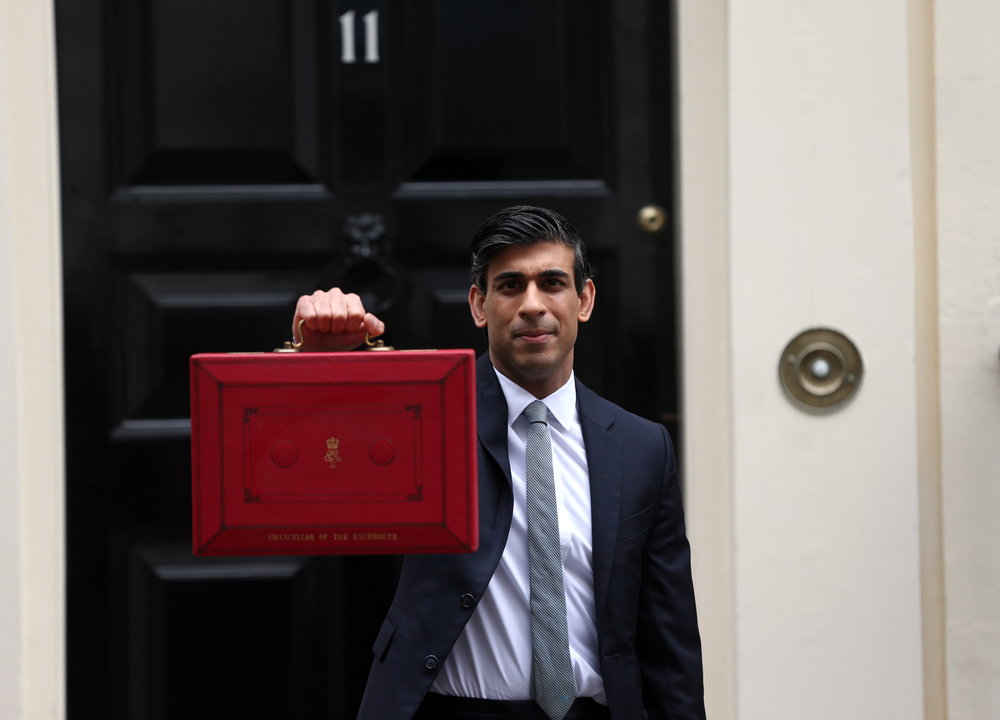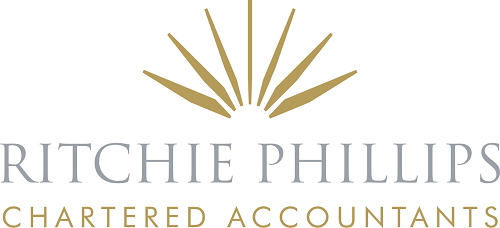On Wednesday 4 March 2021, Chancellor Rishi Sunak presented his second Budget, which he described as a “three-part plan to protect the jobs and livelihoods of the British people” comprising:
- support for individuals and businesses through the Coronavirus pandemic
- fixing the public finances
- building the future economy.
In order to help you decipher the main provisions of the Budget as they may affect you, over the next couple of weeks, we’ll be writing a series of Insights which set out the details as well as providing explanatory comments. And we start this week with a look at the Income and Capital Gains Tax provisions for private clients.

Income Tax
The importance of understanding the tax allowances, bands and rates is to optimise your marginal rate of income tax so that your income does not unnecessarily fall into a higher rate of income tax.
The key ways to optimise your marginal rate of income tax are to:
- accelerate or defer income
- reallocate income
- make pension contributions
- pay donations under Gift Aid.
The personal allowance
The personal allowance is currently £12,500. Budget 2018 announced that the allowance would remain at the same level until 2020/21 and the statutory provision to increase the allowance annually by CPI was to be overridden.
The Chancellor has confirmed that the personal allowance will increase by CPI (0.5%) for 2021/22 to £12,570. However, the Chancellor announced that the personal allowance will then be frozen at £12,570 for the tax years 2022/23 to 2025/26.
Tax bands and rates
The basic rate of tax is 20%. In 2020/21 the band of income taxable at this rate is £37,500 so that the threshold at which the 40% band applies is £50,000 for those who are entitled to the full personal allowance.
The Chancellor announced that for 2021/22 the basic rate band will be £37,700 so that the threshold at which the 40% band applies will be £50,270 for those who are entitled to the full personal allowance. The Chancellor announced that the basic rate band will then be frozen at £37,700 for the tax years 2022/23 to 2025/26.
The National Insurance contributions Upper Earnings Limit and Upper Profits Limit will remain aligned to the higher rate threshold at £50,270 for these years.
Individuals pay tax at 45% on their income over £150,000.
Effective 60% tax rate
There is an effective 60% tax rate for those with income over £100,000. The personal allowance is reduced by £1 for every £2 of income above £100,000 so that for the current tax year there is no personal allowance where your income exceeds £125,000. For 2021/22 there will be no personal allowance where your income exceeds £125,140.

Tax on savings income
Savings income is income such as bank and building society interest.
The Savings Allowance applies to savings income and the available allowance in a tax year depends on the individual’s marginal rate of income tax. Broadly, individuals taxed at up to the basic rate of tax have an allowance of £1,000. For higher rate taxpayers the allowance is £500. This allowance is not available to additional rate taxpayers.
Some individuals qualify for a 0% starting rate of tax on savings income up to £5,000. However, the rate is not available if taxable non-savings income (broadly earnings, pensions, trading profits and property income less allocated allowances and reliefs) exceeds £5,000.
Tax on dividends
The first £2,000 of dividends is chargeable to tax at 0% (the Dividend Allowance). Dividends received above the allowance are taxed at the following rates:
- 7.5% for basic rate taxpayers
- 32.5% for higher rate taxpayers
- 38.1% for additional rate taxpayers.
Dividends within the allowance still count towards an individual’s basic or higher rate band and so may affect the rate of tax paid on dividends above the Dividend Allowance.
To determine which tax band dividends fall into, dividends are treated as the last type of income to be taxed.
High Income Child Benefit Charge (HICBC)
The HICBC affects working parents. If one parent earns more than £50,000 per annum, then they lose 1% of the benefit for every £100 earned such that with £60,000 of income, the benefit is entirely gone.
In the case of a couple where one parent earns £60,000 and another earns £5,000, they would get no child benefit. In contrast, two parents earning £49,000 each in a year, or £98,000 in total, would get the full benefit.
Capital Gains Tax (CGT)
Although there were no significant changes to the regime for CGT, the importance of understanding the tax allowances and rates for CGT is to take advantage of:
- the short term opportunity of using your annual exemption and any gain taxed at the lower rate (if part of your basic rate band is unused) which are both available annually on a “use it or lose it” basis
- the longer term opportunity for lifetime liquidity events such as selling your business and benefiting from the lower rate of CGT of 10%.
CGT rates
The CGT rate remains at 10%, to the extent that any income tax basic rate band is available, and 20% thereafter. Higher rates of 18% and 28% apply for certain gains; mainly chargeable gains on residential properties with the exception of any element that qualifies for Private Residence Relief.
There are two specific types of disposal which potentially qualify for a 10% rate up to a lifetime limit for each individual:
- Business Asset Disposal Relief (BADR) (formerly known as Entrepreneurs’ Relief). This is targeted at directors and employees of companies who own at least 5% of the ordinary share capital in the company, provided other minimum criteria are also met, and the owners of unincorporated businesses
- Investors’ Relief. The main beneficiaries of this relief are external investors in unquoted trading companies who have newly-subscribed shares.
The lifetime limit for BADR was reduced from £10 million to £1 million for BADR qualifying disposals made on or after 11 March 2020. Investors’ Relief continues to have a lifetime limit of £10 million.
CGT annual exemption
The CGT annual exemption will be maintained at the current 2020/21 level of £12,300 for 2021/22 and up to and including 2025/26.
Business assets and Gift Hold-Over Relief
Gift Hold-Over Relief operates by deferring the chargeable gain on the disposal when a person gives away business assets. The gain then comes into charge when the recipient disposes of the gifted asset. The recipient is treated as though they acquired the asset for the same cost as the person who gave them the asset.
A change to the relief ensures that Gift Hold-Over Relief is not available where a non-UK resident person disposes of an asset to a foreign-controlled company, controlled either by themselves or another non-UK resident with whom they are connected. This measure will affect disposals made on or after 6 April 2021.
As always, if you’d like to know more, or need some advice, please feel free to get in touch with us.
